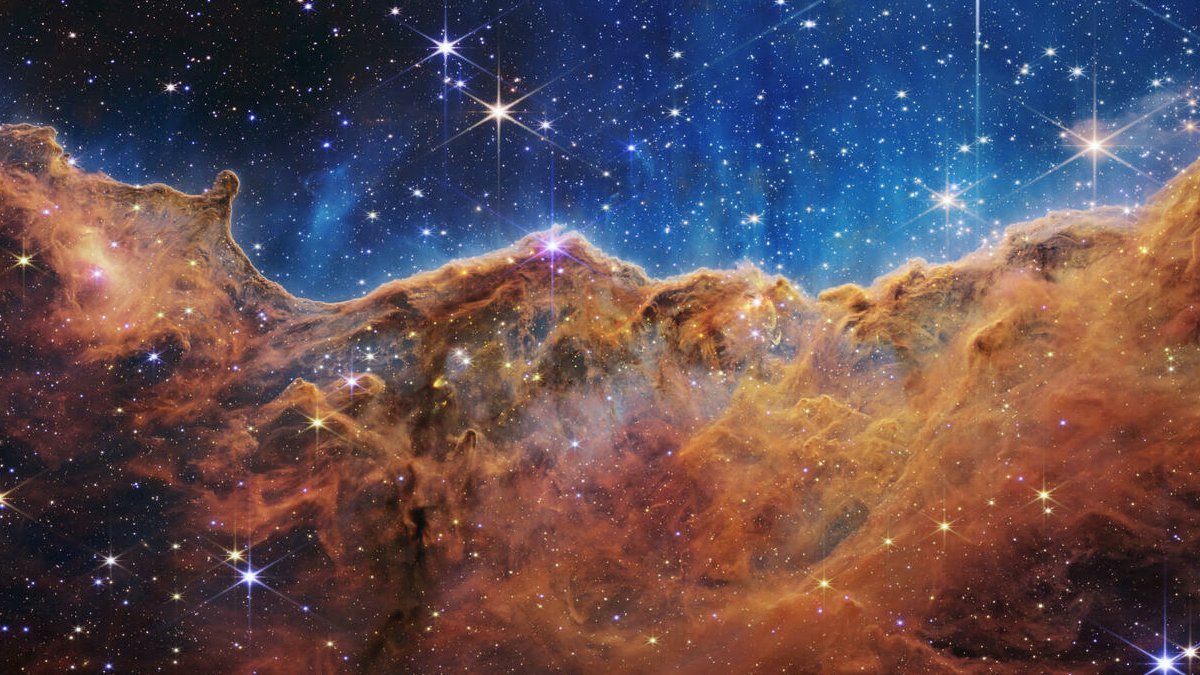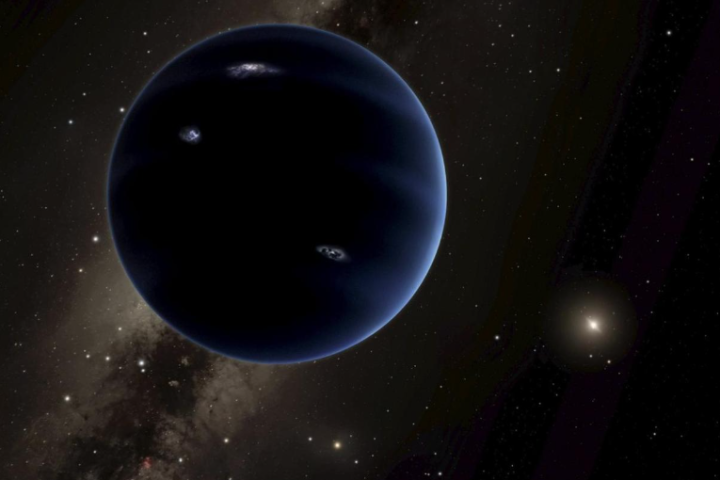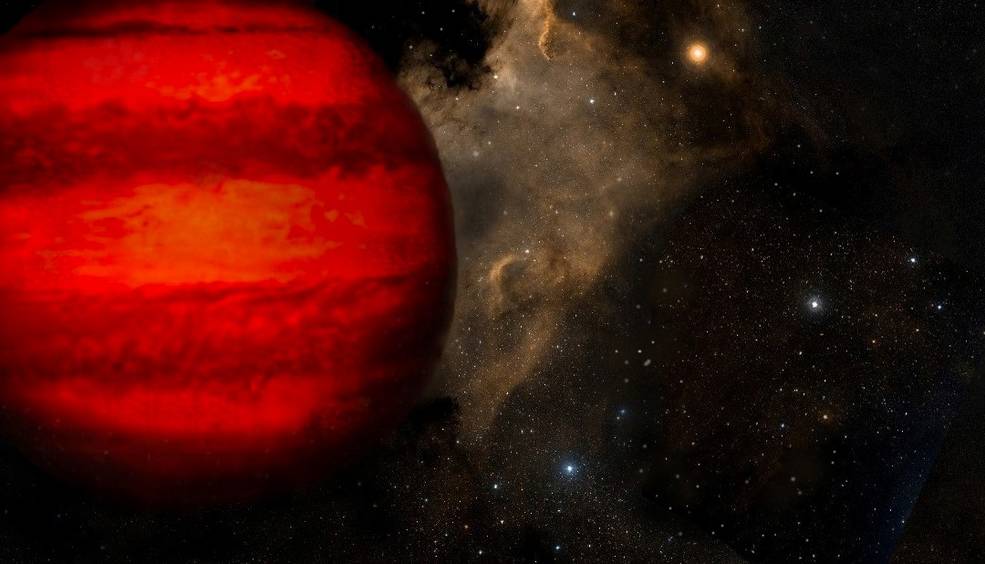The James Webb telescope has discovered carbon dioxide in the atmosphere of a hot gas giant planet orbiting a star 700 light years away. Scientists said this discovery opens the door to the search for traces of life on Earth-like planets.
NASA’s James Webb telescope, which has only been on duty for a few months, has added a new one to its space discoveries. For the first time in history, the telescope found traces of carbon dioxide in the atmosphere of a planet outside the solar system.
Although scientists emphasized that the presence of carbon dioxide on this planet outside the solar system is not a sign of life in the known sense, they pointed out that thanks to the telescope, it is possible to examine whether there is life on other objects.
- Zuckerberg claims that Facebook removed the Hunter Biden piece following an FBI alert
- App developed to “beep” whenever user data is given to Google
- Hillary Clinton loses to Kim Kardashian
The study was conducted on a hot gas giant planet orbiting a star 700 light years away. The data obtained by the Webb Telescope from the planet, named WASP-39, will be published in the prestigious science journal Nature.
James Webb telescope finds CO2 for first time in exoplanet atmosphere https://t.co/LgCVf6fKMo pic.twitter.com/ppGC8Kjf71
— FRANCE 24 English (@France24_en) August 26, 2022
“The first thing I thought was that we really have a chance to study the atmospheres of rocky planets,” said Professor Natalie Batalha, one of hundreds of scientists working on Project Webb.
Pierre-Olivier Lagage, an astrophysicist at the French Atomic Energy Commission, said that in the future, this would allow the study of super-Earths (planets larger than Earth but smaller than Neptune) and even Earth-sized planets.
NASA said in a statement that finding traces of carbon dioxide in its atmosphere could help better understand how WASP-39 formed. The planet, which orbits its star once every four Earth days, has a mass one-fourth that of Jupiter but a diameter 1.3 times larger.





